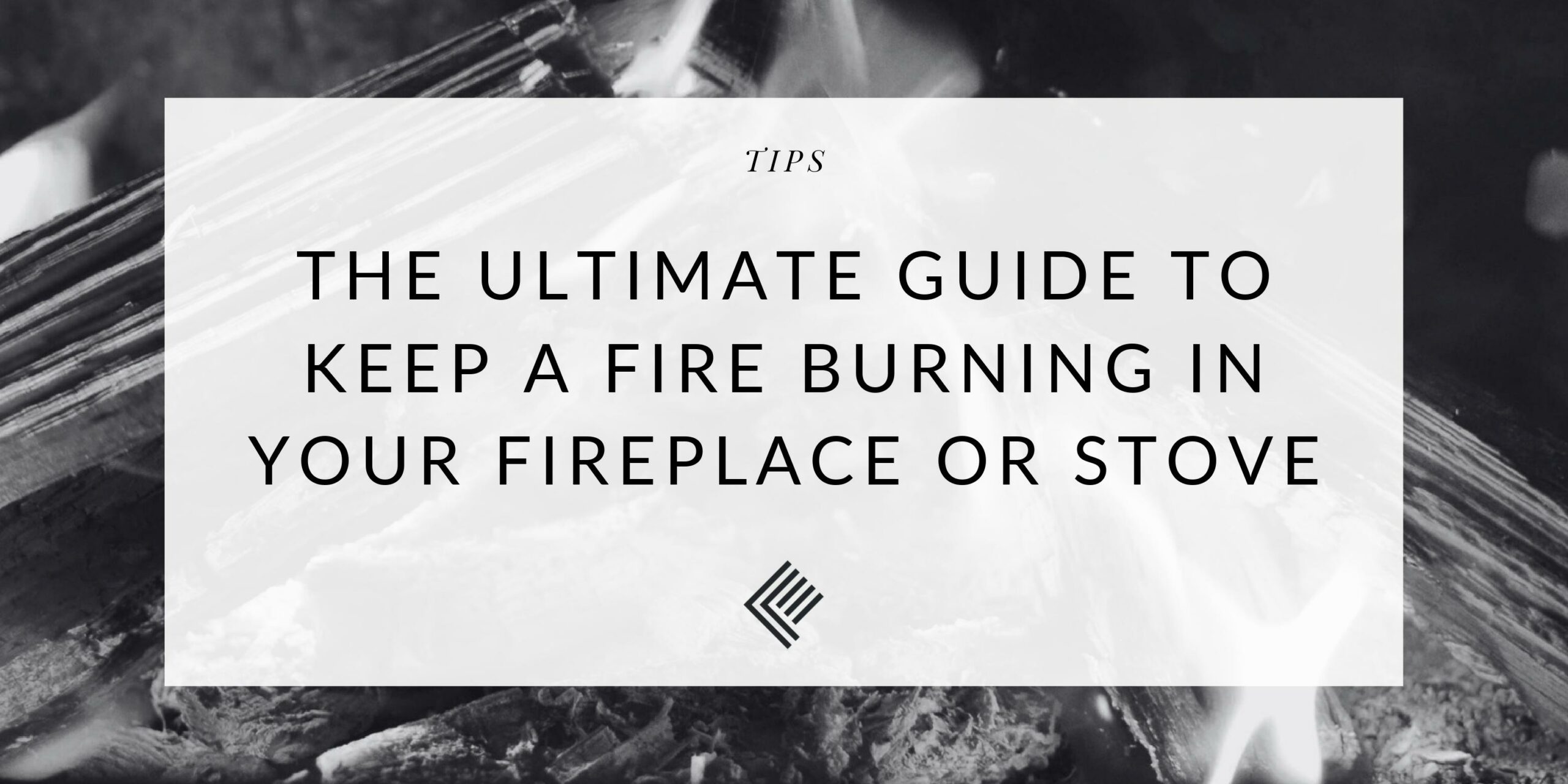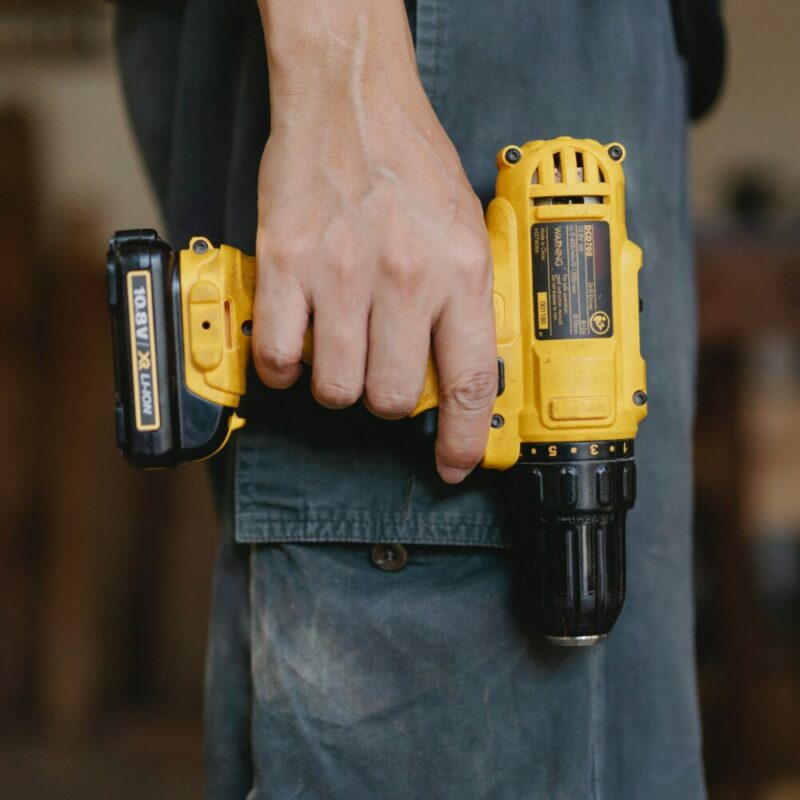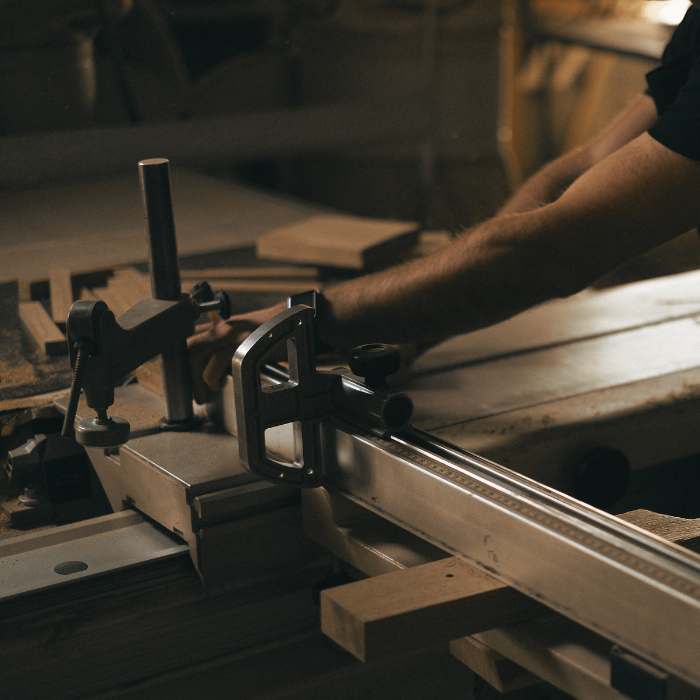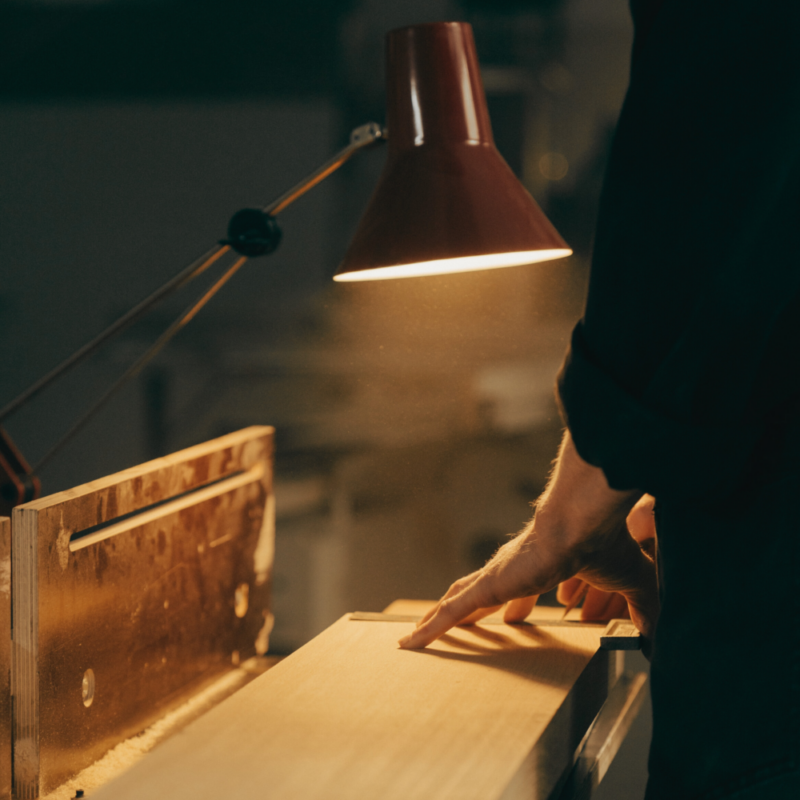Tips
The Ultimate Guide to Keep a Fire Burning in your Fireplace or Stove

Table of Contents
If you were a Boy Scout or a Girl Guide in the 1960-70s, you likely learned how to light and keep a fire burning. Today, unless you live in a remote area or grew up with a working open fire, the chances are you don’t know how to light a fire and then keep it alight. It’s all about setting the fire and then allowing the correct air flow to keep the burn going.
But what if you weren’t a Boy Scout and needed to light a fire without matches or kindling (small sticks or twigs used for lighting fires) to set your fire? We look at the different ways to make fire, Bear Grylls style and the logs or coal options available once your fire is alight. We look at the clean air regulations imposed on those still burning coal and the alternatives available for homes that love a real fire but don’t want all of the faff.
Photo by Hayden Scott on Unsplash
How to light a fire with matches and kindling
You will need the following:
One box of firelighters
Some matches
A bag of kindling
Some newspaper
Some smokeless coal or logs
To set your fire, place a couple of firelighters (no more than two) in the base of your fire basket and place some kindling and scrunched-up newspaper balls over the firelighters; remember to leave air gaps. Light the firelighters and add a few more pieces of kindling as the fire builds. Once the kindling is alight, add a generous amount of smokeless coal or logs, making sure they cover the kindling. Give the coal time to catch and then keep feeding the fire.
Remember to use a fireguard as coal and logs can spit burning fragments onto the floor, causing damage.
How to light a fire without matches and kindling
Obviously, lighting a fire without matches or kindling is a survival thing best saved for TV shows, but if you find yourself in the wilds, here’s how to make the best of a bad situation because knowing how to start a fire with what you can find in nature could be the difference between toasted marshmallows and grumpy kids.
You can use steel wool and 6 AA batteries. Using a 9-volt battery or 6 AA batteries and some fine steel wool is one of the most effective ways to start a fire without matches. However, if you’ve forgotten your matches, what are the chances you’ve remembered steel wool and a battery? The chance you will find these items lying around is not high, but regardless, here’s how you start a fire with wire wool and a battery.
Simply hold the battery’s terminals to steel wool; the wool will ignite (eventually). Make sure you have dry twigs or other kindling ready to add to the flames. I wouldn’t let your children try this as it’s extremely dangerous.
The next option is a magnifying glass – again, unless you’re Sherlock Holmes, it’s unlikely you walk around with a magnifying glass in your pocket, but for the sake of the article, here’s the information you need to light a fire using a magnifying glass.
A magnifying glass uses the sun’s rays to focus the rays onto a pile of dry kindling or twigs to ignite a fire. Hold the magnifying glass away from the kindling at an angle so the sun’s rays pass through the lens, igniting the kindling. This may seem like a gimmick, but actually, it works.
The magnifying glass method isn’t quick; it can take some time and requires a steady hand and a sunny day, but if you’re desperate for outdoor entertainment, then this might be the answer.
So now you know what to use if you don’t have matches, but what if you’re safely back at home, and you have matches but no kindling – what then?
There are many ways you can set a fire without kindling, including newspaper balls or toilet roll tubes and lighting them under the firewood. If you don’t have firelighters but you have a bag of salt and vinegar crisps handy, they can act as an accelerant, burning for a good three minutes. Actually, crisps that contain a high oil content burn better still – they might smell a bit chip shoppy, but you will get a fire without kindling.
Okay, we have had some fun; now let’s look at some serious issues that need attention, for example, how to lay a fire in a wood burner and keep it alight.
How to lay a fire in a wood burner and keep it alight
To use a wood-burning stove properly and effectively, there are some steps that you must follow to make sure you use your stove in a safe, efficient and sustainable manner.
- Prepare your wood burning stove – check the stove over, especially if you haven’t used it for a while – it might need a clear-out. It’s important to check that the air vents are clean.
- Make a fire bed – once clean and ready to go, place your firelighters or paper balls and dry kindling/twigs on the stove fire bed. You need plenty of kindling to create a successful fire; if you don’t have any, see the advice noted above.
- Lighting your fire – Wait for the kindling to catch fire before adding your logs or pieces of wood. You should use a log guard, as this will keep the burning fuel away from the glass.
- Leave the door ajar or vent open – a small detail but a crucial one – leaving the door slightly open helps the flue pull in the air, which helps you to light the fire and keep it alight. Adding some air avoids the build-up of condensation on the glass panel in the stove door.
- Once alight, shut the door. Shutting the door reduces the amount of airflow, which can help get the fire going and also stop the fire from burning out too quickly.
- Add split logs gradually – as soon as the kindling is burning well, you should add your wood. Use split logs as this log style catches easily; think of it as one step up from kindling and one step down from full logs. Add full logs slowly and sparingly – you need to build up the fire gradually to ensure that you don’t get over-excited and smother it.
- Monitor air flow – Most wood burning stoves or wood burners have many ways to adjust the airflow. Once the fire is in full flow, you should reduce the airflow to prevent the wood from burning too fast (only slow the airflow once the fire is burning well). However, slowing the air too soon could kill the fire – it’s a juggling act but well worth it.
Photo by Hans Isaacson on Unsplash
Wood burning stove regulations
New regulations in 2022 mean all new wood burning stoves must restrict their carbon emissions to an agreed level to help meet carbon-neutral targets in 2030. While old log burners can remain operational, new stoves must be more efficient if we are ever to reach these targets
All wood burning stoves must meet UK building regulations. There are specific building regulations about how the stove flue is fitted, along with the fireplace hearth’s size, and the stove’s (the inner part of wood burner) distance from combustibles. Complying with the regulations will affect the type of stove that is suitable for your property. Regulations are as follows…
A wood burning stove must stand on a non-combustible hearth (a hearth made of stone, concrete or brick) extending at least 230mm in front and at least 155mm at the sides. If the hearth is on a floor that might catch fire, it should be over 250mm thick. Any wood burner with an output of 5kws or higher requires a vent that remains permanently open. If you own a listed property, the installation regulations can be more complex.
Everyone knows that coal is not really a green option, so what else can you do if you want an open fire but don’t want to use coal?
Eco-friendly and Sustainable Fuel Options
To make a real fire more eco-friendly from a clean and sustainable energy efficiency point of view, you must consider your fuel type. Coal, a fossil fuel, produces good heat but is a non-renewable source of pollutant energy. It’s far better to burn wood, especially waste wood, which is a renewable natural resource that can be replenished.
Installing a wood burning stove is a good way to dispose of waste wood. With some ingenuity and time, it is possible to collect enough waste wood to keep a wood burning stove going for months by collecting and drying fallen branches (make friends with a carpenter), or using waste wood from old packing pallets and even furniture. It is a good idea to use only raw wood, as treated wood can be toxic. Old drawers can be broken up easily, but don’t use the painted or varnished fronts, and fence posts that have been heavily treated or creosoted are best avoided.
If collecting wood sounds like hard work, it’s possible to buy eco-friendly, recycled, sustainable fuels such as compressed waste paper blocks. These blocks can be burned in an open fire and in some stoves, but it is best to check with the manufacturer of a stove first to see if compressed paper fuel is suitable for use in your wood burning stove. Multi-fuel stoves are an option, and should you be able to burn these without a problem.
What are Multi-Fuel Stoves?
Multi-fuel stoves, as the name suggests, are designed to burn a selection of solid fuels, not just wood. Not all fuels burn in the same way, which is why a traditional wood burning stove or log burner cannot burn coal. Multi fuel stoves are versatile enough to handle most types of solid fuel and are an option if you like to switch up your fuel options from time to time.
Clean air regulations
Just to add meat to the bones, here is some information on the most up-to-date clean air regulations.
In the UK, responsibility for meeting air quality limit values is devolved to the national administrations in Scotland, Wales and Northern Ireland. The Department for Environment, Food and Rural Affairs (Defra) wants to educate the public on the disadvantages of burning non-compliant fuels in wood burners. Defra has introduced new regulations for emissions; under the new Environmental Improvement Plan 2023, wood burning stoves in a designated ’Smoke Control Area’ (SCA) can emit up to 3 grams (g) of smoke per hour, down from the previous 5g. The updated regulations are part of the government’s effort to reduce air pollution and meet 2030 targets.
How do you know if you’re in a ’Smoke Control Area’?
It’s easy to find out if you’re in a SCA by contacting your local council to find out if you live in a smoke control area.
We hope this article has been helpful, and while it’s not supposed to be 100% serious, the content is informative but not as informative as getting some advice from our professionals.
 PLANT A TREE WITH EVERY PURCHASE!
PLANT A TREE WITH EVERY PURCHASE! 








